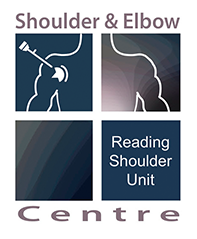Mid-term clinical and sonographic outcome of arthroscopic repair of the rotator cuff
We have conducted a prospective study to assess the mid-term clinical results following arthroscopic repair of the rotator cuff. Patients were evaluated using the Constant score, subjective satisfaction levels and post-operative ultrasound scans.
Of 115 consecutive patients who underwent arthroscopic repair of the rotator cuff at our institution, 102 were available for follow-up. The mean period of follow-up was for 35.8 months (24 to 73). The mean age of the patients was 57.3 years (23 to 78). There were 18 small (¡Ü 1 cm in diameter), 44 medium (1 cm to 3 cm in diameter), 34 large (3 cm to 5 cm in diameter) and six massive (> 5 cm in diameter) tears. There was a statistically significant increase in the size of the tear with increasing age (p = 0.0048).
The mean pre-operative Constant score was 41.4 points (95% confidence interval, 37.9 to 44.9), which improved to 84.5 (95% confidence interval, 82.2 to 86.9). A significant inverse association (p = 0.0074), was observed between the size of the tear and the post-operative Constant score, with patients having smaller tears attaining higher Constant scores after repair. Post-operatively, 80 patients (78.4%) were able to resume their occupations and 84 (82.4%) returned to their pre-injury leisure activities. Only eight (7.8%) of 102 patients were not satisfied with the outcome.
Recurrent tears were detected by ultrasound in 19 (18.6%) patients, and were generally smaller than the original ones. Patients with recurrent tears experienced a mean improvement of 31.6 points (95% confidence interval, 23.6 to 39.6) in their post-operative Constant scores. Those with intact repairs had significantly improved (p < 0.0001) Constant scores (mean improvement 46.3 points, 95% confidence interval, 41.9 to 50.6). Patient satisfaction was high in 94 cases (92%), irrespective of the outcome of the Constant score. Recurrent tears appear to be linked to age-related degeneration.
Arthroscopic repair of the rotator cuff leads to high rates of satisfaction (92%) and good functional results, albeit with a recurrence rate of 18.6% (19 of 102).
